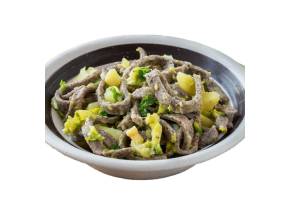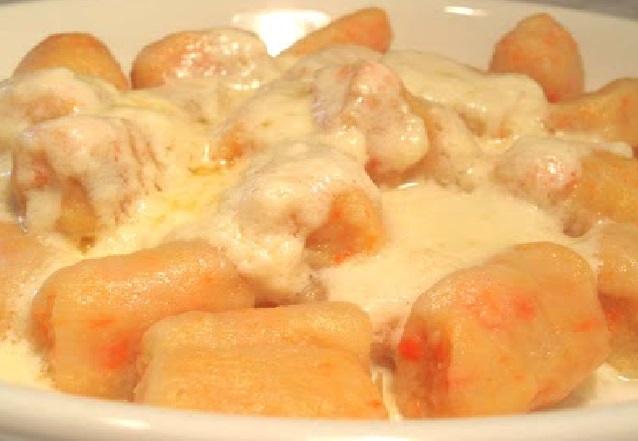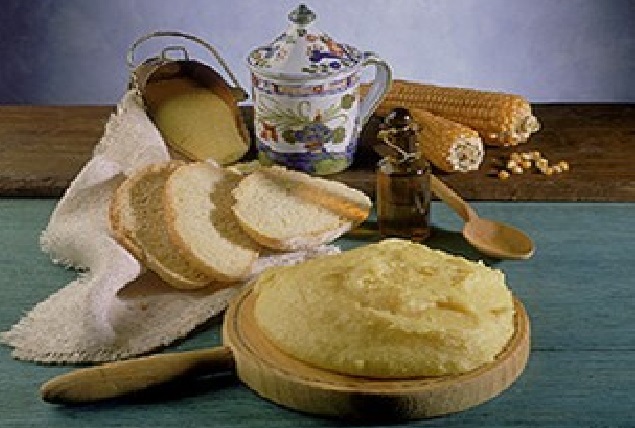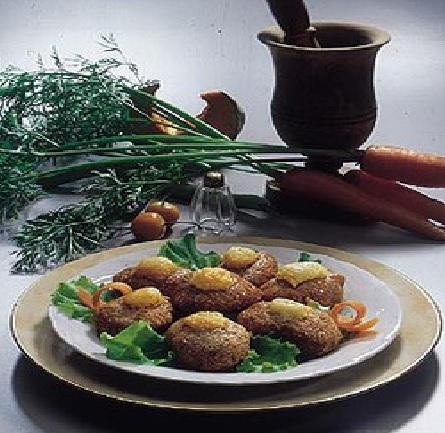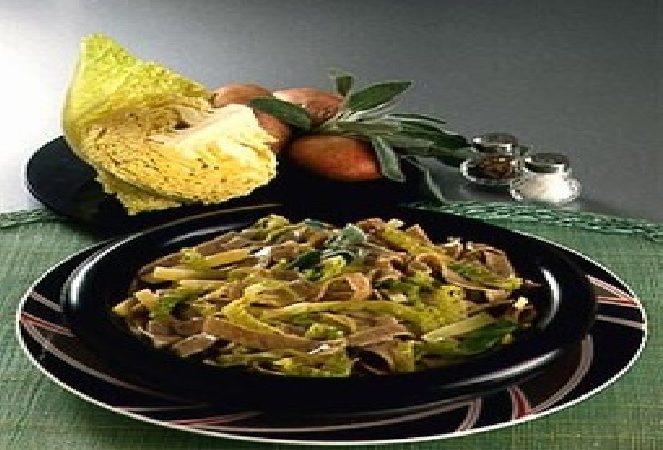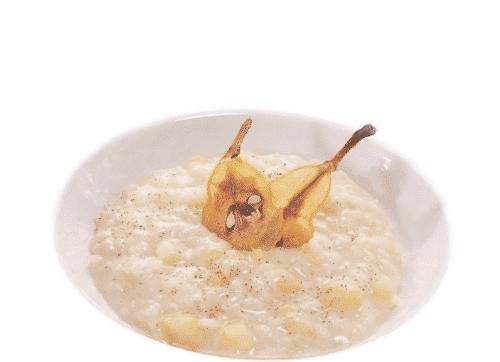
Risotto Bitto Dop e pere
Bongetta Formaggi consiglia la preparazione di questa fantastica ricetta: risotto Bitto Dop e pere, che nasce dai nostri antenati. La consuetudine di abbinare il gusto dolce della frutta al sapore deciso del formaggio risale al periodo dell’antico Medioevo. Nel lontano Duecento, in Francia, un modo di dire molto conosciuto, all’epoca narrava: “Oncques Deus ne fist tel mariage comme de poire et de fromage”, e cioè: “Dio non ha mai fatto un matrimonio così riuscito come quello tra la pera e il formaggio”. Prima di diventare una matrimonio vincente, formaggio e pere fu frutto di un abbinamento fortuito, o meglio, temporale, che combinava due alimenti che di solito si mangiavano alla fine del pasto: frutta e formaggi. Il formaggio saziava a fine pasto e la frutta rinfrescava e stimolava la digestione.
Ingredienti:
- 280 g riso
- 15 g scalogno
- 150 g di formaggio Bitto Dop
- 200 g pere
- 50 g Grana Padano Dop
- 30 g burro
- 1 bicchiere di vino bianco
- 1,5 l brodo di carne
- 2 cucchiai olio extravergine di oliva
- sale e pepe q.b.
Ricetta:

